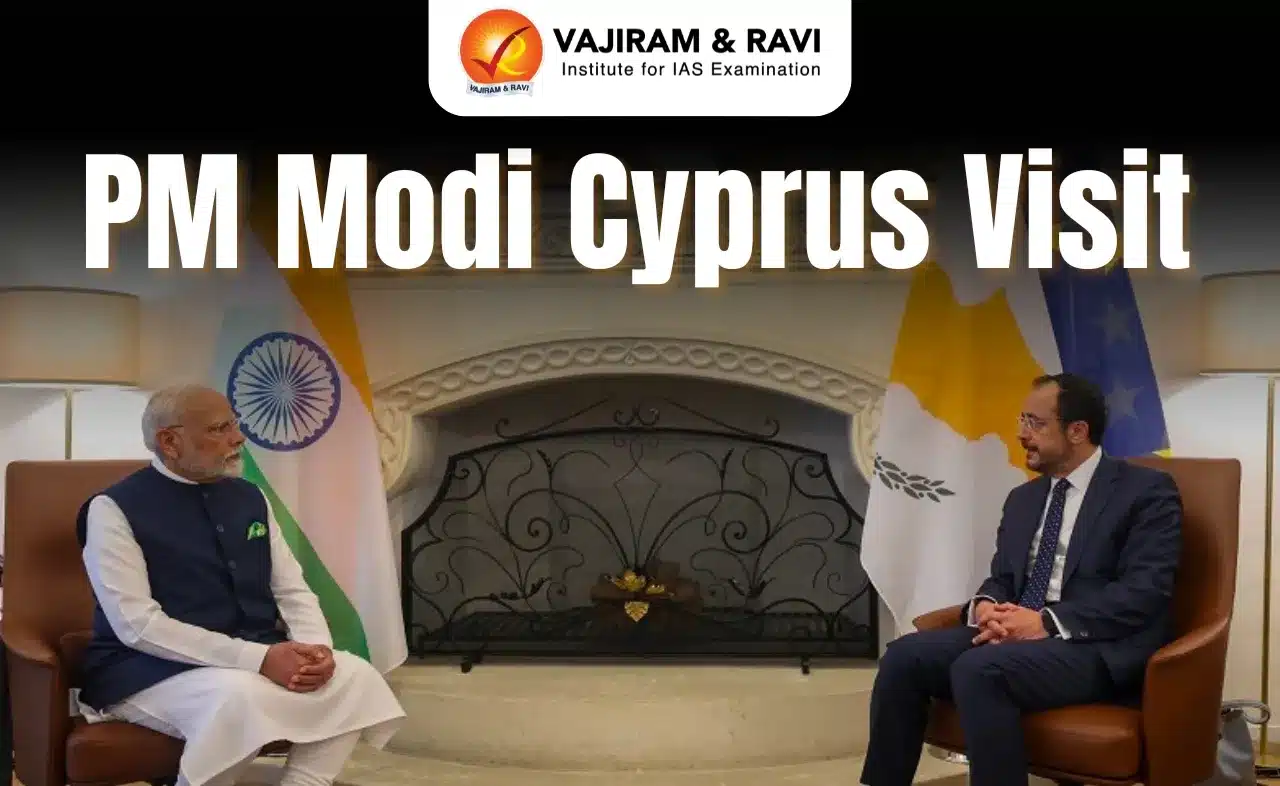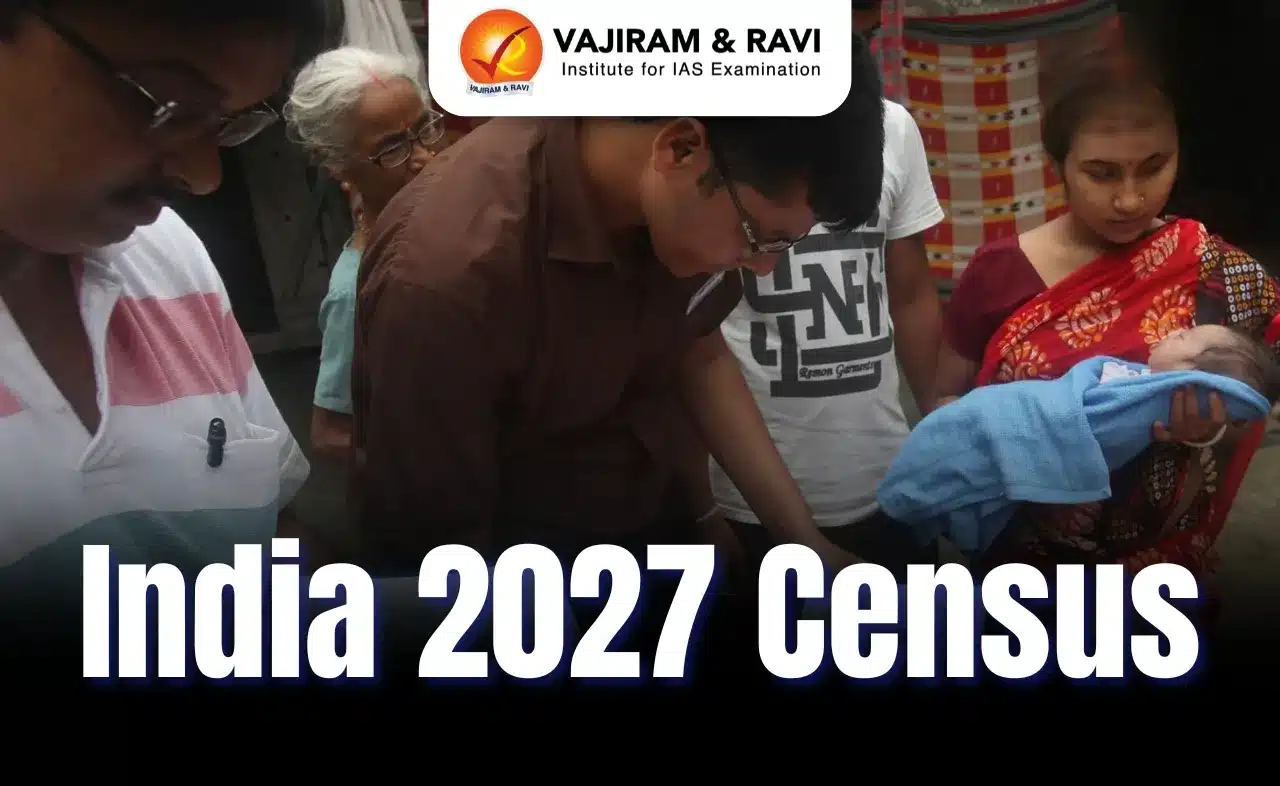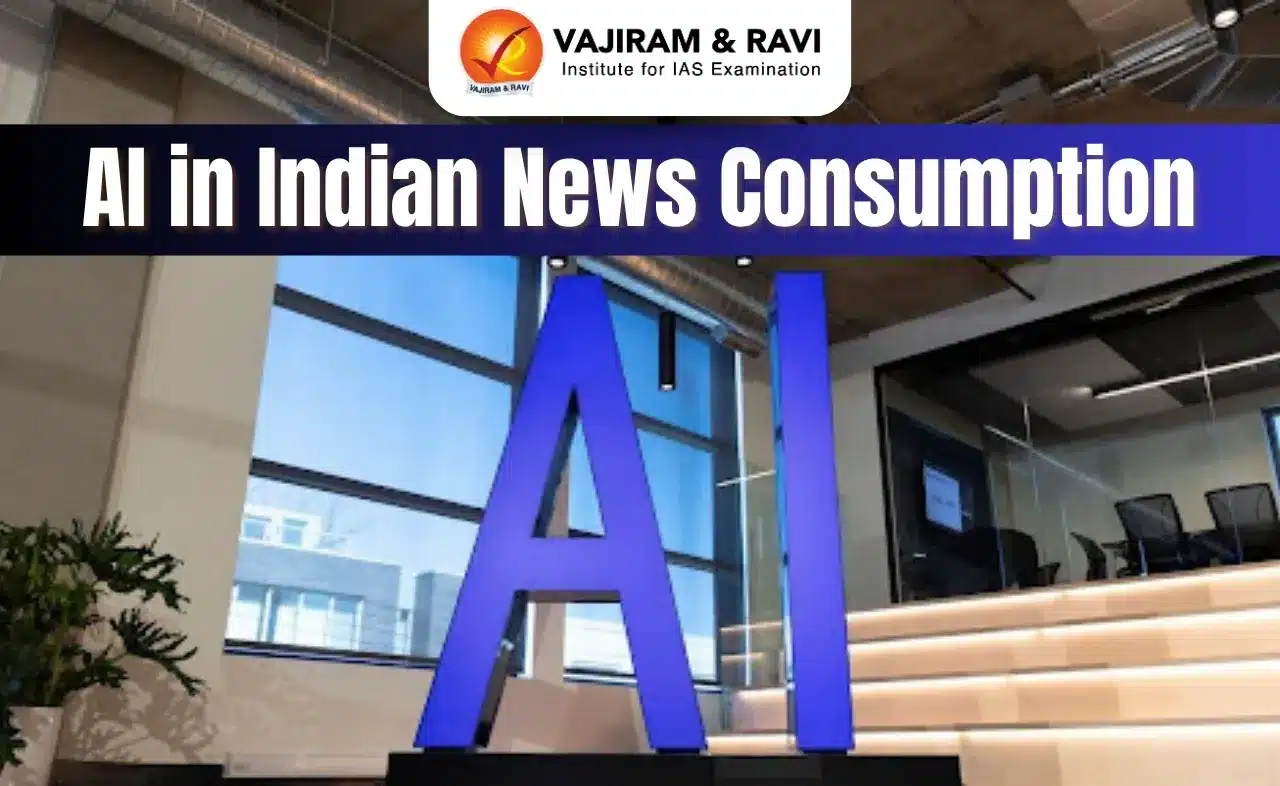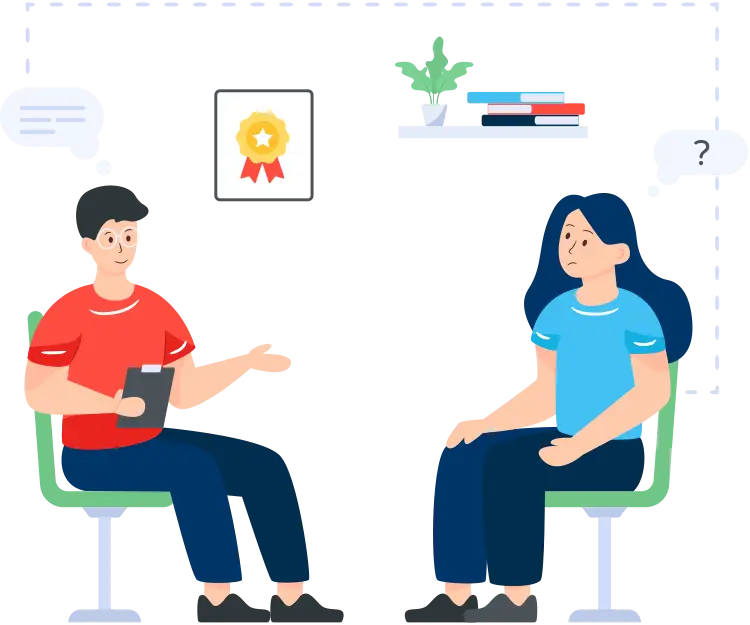PM Modi Cyprus Visit Latest News
- Prime Minister Narendra Modi paid a state visit to Cyprus. During this visit, he held talks with President Nikos Christodoulides.
- PM Modi’s visit was the first by an Indian Prime Minister to Cyprus in over two decades. It underscores the strategic depth and enduring friendship between the two democracies.
Key Highlights of the Visit
- PM Modi Conferred Cyprus's Highest Honour
- Cyprus President awarded PM Modi the "Grand Cross of the Order of Makarios III", the country’s highest civilian honour.
- Focus on implementing the 2024 Apia Commonwealth Ocean Declaration
- The leaders committed to enhancing coordination within international bodies like the UN and the Commonwealth, with a focus on implementing the 2024 Apia Commonwealth Ocean Declaration.
- This Declaration emphasizes sustainable ocean governance, climate resilience, marine biodiversity protection, and capacity-building among member states
- The inaugural Commonwealth Ocean Ministers Meeting was held in Cyprus in April 2024.
- This led to the creation of the Blue Charter Centre of Excellence to promote sustainable ocean practices and build capacity among Commonwealth nations.
- The leaders committed to enhancing coordination within international bodies like the UN and the Commonwealth, with a focus on implementing the 2024 Apia Commonwealth Ocean Declaration.
- Strengthening Political Dialogue
- The two countries agreed to hold regular high-level political dialogue and activate institutional mechanisms through their foreign ministries to monitor and implement an upcoming bilateral Action Plan.
- Support for Cyprus Sovereignty and UN-Led Peace
- India reiterated support for Cyprus’ sovereignty and UN-backed efforts for a bizonal, bicommunal federation.
- Bizonal: The territory is divided into two zones, reflecting the geographical separation of the two communities.
- Bicommunal: The federation is structured to accommodate and represent the interests of both Greek Cypriot and Turkish Cypriot communities.
- Both opposed unilateral actions that hinder negotiations.
- India reiterated support for Cyprus’ sovereignty and UN-backed efforts for a bizonal, bicommunal federation.
- Enhanced Defence and Security Cooperation
- Cyprus and India condemned terrorism, including recent attacks in Kashmir.
- They pledged joint action on counter-terrorism, cyber security, defence production, maritime security, and crisis response coordination.
- Connectivity and Regional Integration
- Both sides endorsed the India–Middle East–Europe Economic Corridor (IMEC) as a game-changer for connectivity.
- Cyprus offered to serve as a logistics hub and gateway for Indian trade into Europe.
- EU–India Strategic Engagement
- Cyprus pledged to support India-EU ties during its 2026 EU Council Presidency.
- Cyprus will assume Presidency of the Council of the European Union in early 2026.
- Both nations welcomed progress in key areas like trade, defence, energy, and space, and committed to concluding the EU–India Free Trade Agreement by year-end.
- Both sides also supported continued collaboration through the EU–India Trade and Technology Council and extending the 2025 Strategic Roadmap.
- Cyprus pledged to support India-EU ties during its 2026 EU Council Presidency.
- Trade, Innovation, and Economic Partnerships
- India and Cyprus agreed to expand trade and investment.
- A Cyprus–India Business Forum and potential MoU on innovation and technology (AI, digital infrastructure, research) are planned.
- Mobility, Tourism, and Cultural Ties
- A Mobility Pilot Program will be finalized by end-2025.
- Both leaders called for boosting tourism, cultural ties, and exploring direct air connectivity between the two nations.
- Action Plan 2025–2029
- A detailed five-year Action Plan will guide bilateral cooperation, monitored jointly by the respective foreign ministries, to ensure sustained progress in strategic areas.
India’s Supports to Cyprus’s Sovereignty: A Strong Message To Turkey
- During this visit, India reiterated its support for the independence, sovereignty, territorial integrity, and unity of the Republic of Cyprus.
- This strong diplomatic message comes at a time when India–Turkey relations are tense, particularly due to Turkey’s vocal criticism of India on Kashmir and its support for Pakistan following the Pahalgam attack and Operation Sindoor.
- PM Modi’s symbolic visit to the Historic Centre of Nicosia, overlooking Turkish-controlled Northern Cyprus, further highlighted India’s solidarity with Cyprus.
Turkey–Cyprus Conflict
- The Turkey–Cyprus conflict stems from the island’s division between Greek and Turkish Cypriots.
- After gaining independence from Britain in 1960, tensions rose due to Greek Cypriot demands for union with Greece and Turkish Cypriot fears.
- A 1974 Greek-backed coup triggered a Turkish invasion, resulting in the north being controlled by the Turkish Republic of Northern Cyprus (TRNC), recognized only by Turkey.
- The island remains divided, with the UN maintaining a buffer zone.
- Repeated UN-led negotiations have failed to resolve issues like territorial return and political equality.
- Recent disputes over natural gas exploration have further deepened tensions in the Eastern Mediterranean.
PM Modi Cyprus Visit FAQs
Q1: Why did PM Modi visit Cyprus in 2024?
Ans: To deepen strategic ties, boost trade, defend Cyprus sovereignty, and support global cooperation on ocean governance.
Q2: What honour did Cyprus bestow on PM Modi?
Ans: He was awarded the Grand Cross of the Order of Makarios III, Cyprus's highest civilian honour.
Q3: What is the India–Cyprus stance on Turkey?
Ans: India reaffirmed support for Cyprus, opposing Turkey’s interference and unilateral actions in the region.
Q4: What economic initiatives were discussed?
Ans: Plans include a business forum, innovation MoU, and Cyprus as a logistics hub for Indian trade into Europe.
Q5: What is the Apia Ocean Declaration?
Ans: It’s a 2024 pact promoting sustainable ocean governance and biodiversity, backed strongly by India and Cyprus.






